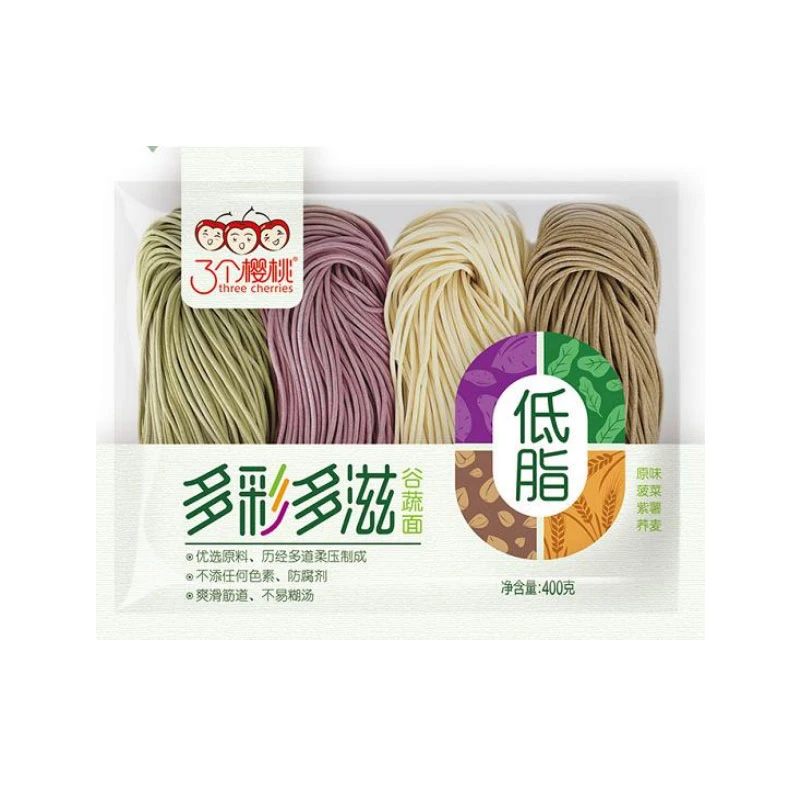homemade pasta noodles
Homemade Pasta Noodles An Artisanal Journey in Your Kitchen
Pasta, a beloved staple of Italian cuisine, has transcended borders and become a global favorite. While many people rely on store-bought alternatives, there's an undeniable charm and satisfaction in crafting your own homemade pasta noodles. The process not only connects you to a rich culinary tradition but also allows for customization that pre-packaged options simply can't offer. In this article, we will explore the art of making homemade pasta, the basic techniques involved, and some tips to perfect your craft.
The Basics of Pasta Making
Making homemade pasta requires just a few simple ingredients flour, eggs, salt, and a splash of water or olive oil. The most commonly used flour is all-purpose, but for a more authentic Italian experience, consider using 00 flour, which is finely ground and lends a delicate texture to the pasta. The use of fresh eggs is crucial, as they provide richness and flavor to the dough.
To begin, the most traditional method of mixing the ingredients involves creating a mound of flour on a clean surface, forming a well in the center, and adding eggs and salt into this well. Using a fork, incorporate the flour into the eggs until the mixture starts coming together. Then, use your hands to knead the dough for about 8 to 10 minutes, until it becomes smooth and elastic. Cover it with plastic wrap or a towel and let it rest for at least 30 minutes—this allows the gluten to relax, making it easier to roll out.
Rolling and Shaping Your Noodles
Once your dough has rested, it’s time to roll it out. You can use a rolling pin or a pasta machine for this stage. If you’re using a rolling pin, be sure to flour the surface to prevent sticking. Roll the dough to your desired thickness—generally, around 1/8 inch thick is ideal for most pasta shapes.
After rolling, the fun really begins! There are countless shapes and styles of pasta you can create. For fettuccine, simply fold the rolled dough in half and slice it into strips with a sharp knife. For ravioli, you can spoon a filling of your choice (ricotta, spinach, meat, or mushrooms) onto one sheet of pasta, cover it with another sheet, and cut out individual squares.
homemade pasta noodles

One popular option is to make lasagna sheets. Roll out the dough to a large sheet and cut it into the rectangular shapes needed for layering. With homemade noodles, you can ensure thickness and texture that perfectly complement your sauces.
Cooking Your Pasta
Cooking homemade pasta is a delight, as it typically requires a shorter boiling time than dried pasta—about 2 to 4 minutes depending on the thickness. Bring a large pot of salted water to a boil and gently add your noodles. Fresh pasta will float to the surface when it’s done, giving you a visual cue that it’s ready to be drained. Remember not to overcook it, as it should have a slight bite—al dente is the goal!
Embracing Creativity
One of the many joys of making homemade pasta is the chance to experiment with flavors and ingredients. You can infuse the dough with spinach, beet juice, or squid ink for vibrant colors and unique tastes. Additionally, homemade pasta opens doors to exploring different sauces and pairings, from a simple olive oil and garlic to a rich Bolognese or homemade pesto.
The Joy of Sharing
Homemade pasta is more than just a meal; it is often a communal experience. Inviting friends or family into the process can transform it from a solitary activity into a joyful gathering. Sharing the fruits of your labor at the dinner table creates lasting memories and enhances the appreciation of this culinary art.
In conclusion, making homemade pasta noodles is a rewarding endeavor that not only enhances your cooking skills but also elevates your meals. With minimal ingredients, a few techniques, and a little patience, you can create pasta that surpasses anything found in stores. So roll up your sleeves, dust off that rolling pin, and embark on this delightful culinary journey! You’ll be savoring the rich flavors of your homemade noodles in no time.
-
Unleash Your Inner Chef with Delectable Italian Pasta CreationsNewsAug.01,2025
-
Savor Health and Flavor: Irresistible Soba Noodles for Sale Await!NewsAug.01,2025
-
Nourish Your Body with Premium Organic Ramen - A Culinary Delight AwaitsNewsAug.01,2025
-
Elevate Your Dishes with Our Exquisite Kinds of Egg NoodlesNewsAug.01,2025
-
Dive into Flavorful Convenience with Our Ramen OfferingsNewsAug.01,2025
-
Discover Exquisite Types of Naengmyeon and Chilled Soba NoodlesNewsAug.01,2025
-
Is Whole Wheat Pasta Healthy?NewsMay.30,2025
Browse qua the following product new the we

















































































































